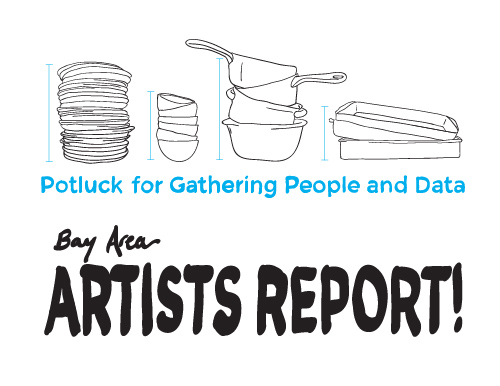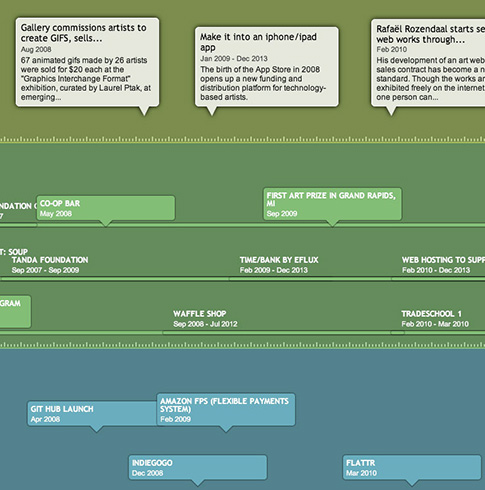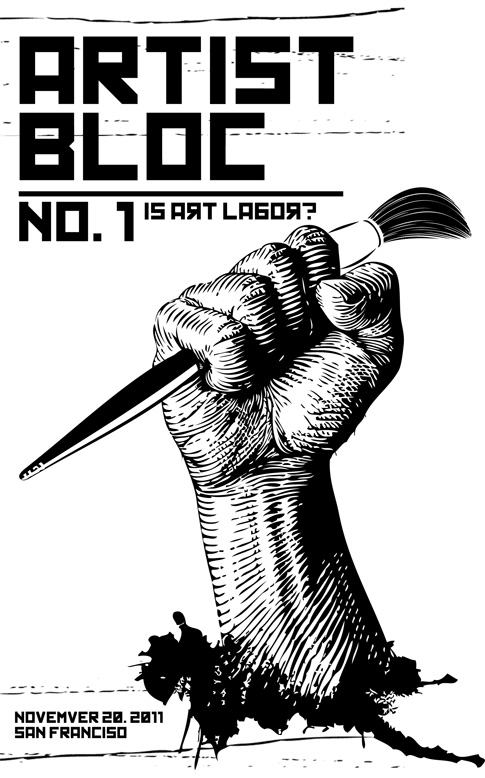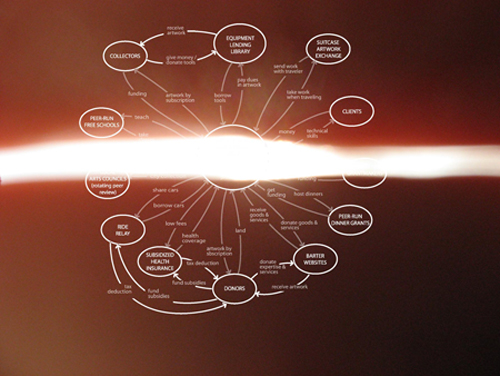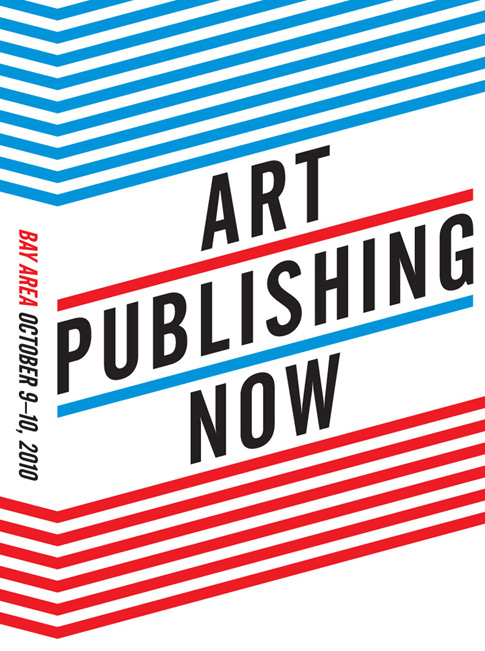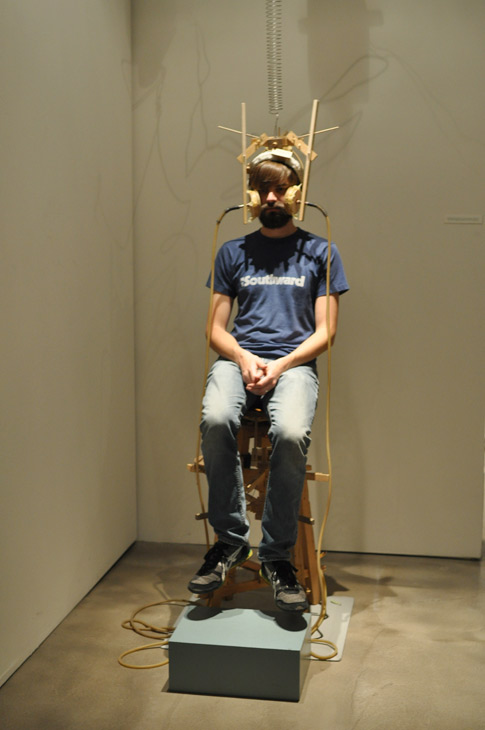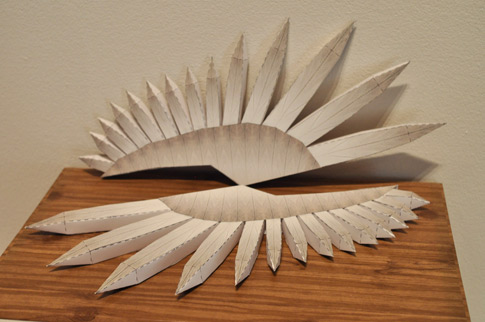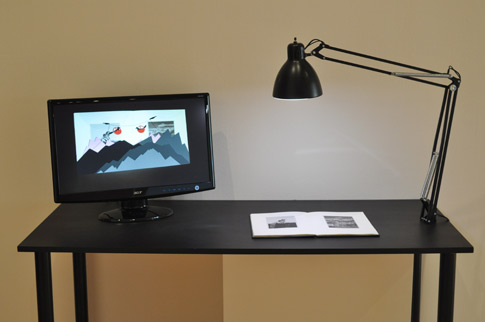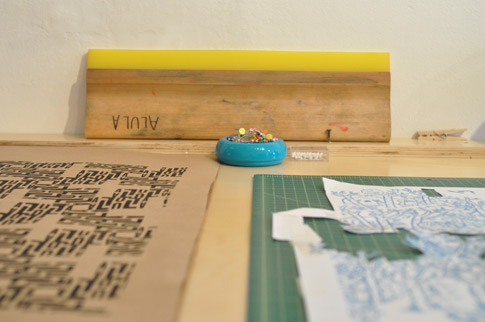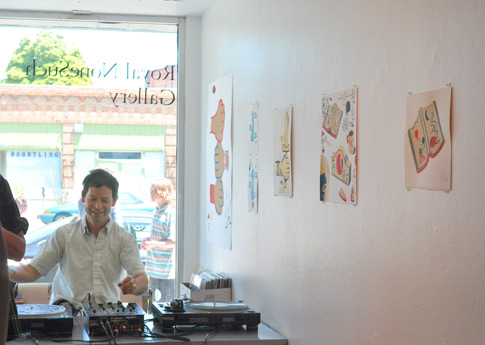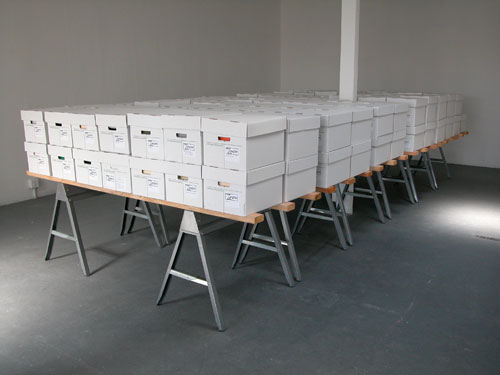
New Langton Arts’ Archive for Sale: A Sacrificial Act by Tercerunquinto (a collaborative group), 2008
Thinking about new models of funding and new ways that the art world could work is not new. But recently, whether because the economic climate has forced us to rethink our methods, or simply because it’s time in some larger cycle, there has been not only a birth of new models of funding art projects, but also a lot of writing and energy about it.
Part of this effort is simply to understand what is happening now and in the past.
The Art Spaces Archive Project is a non-profit initiative to help preserve, present, and protect the archival heritage of living and defunct for- and not-for-profit spaces of the “alternative” or “avant-garde” movement of the 1950s to the present throughout the United States.
The California Cultural Data Project is an online data reporting system that was created to produce a variety of reports designed to help increase management capacity, identify strengths and challenges and inform decision-making for California’s Cultural Institutions.
But the other part is writing about and archiving what is being borne out now. This is a list of some of the writing I’ve come across in the past month that works towards an understanding of how the funding mechanisms are changing in the art world, envisions how it could be, and starts to catalog the new efforts and models that are emerging today.
How Things Work by Aimee Le Duc, Art Practical
Part 1, Part 2, Part 2 cont.
Le Duc investigates the trajectory of more established art spaces in SF, their success or failure, and follows up with a look at new spaces/organizations are utilizing hybrid models of funding and programming.
A Catalog of Strategies, Proximity Magazine #7, Summer 2010
The Catalog is a special annotated directory of inspirational groups, organizations, projects, and individuals from around the world. With over 350 entries the directory features the best practices and celebrated failures of interventionist art practitioners.
Survival Strategies for the Arts, John Killacky on Blue Avocado, 2009
Though aimed at non-profits, the thinking behind these strategies applies to everyone. John Killacky, artist and arts funder, not only knows that we need the arts now more than ever, but gives us ten survival strategies for arts organizations and one for audience members — and reminds us that all of us are audience members.
Project Space Survival Strategies: a research project by the artist Elysa Lozano for Autonomous Organization, produced in collaboration with Invisible Venue. I found this idea especially striking: “The motivations behind these initiatives are inextricably linked to the manner of funding them. What constitutes an acceptable way to get funding is as much a question of the integrity of the intention as it is a question of survival.”
Art Infrastructure, cmagazine 103, Autumn 2009
A bunch of articles discussing exhibition strategies and platforms that provide alternative models for how art is exhibited and experienced by its viewers. If we take the idea from Lozano (above,) then these alternative models would inevitably be thinking of new funding models as well.

